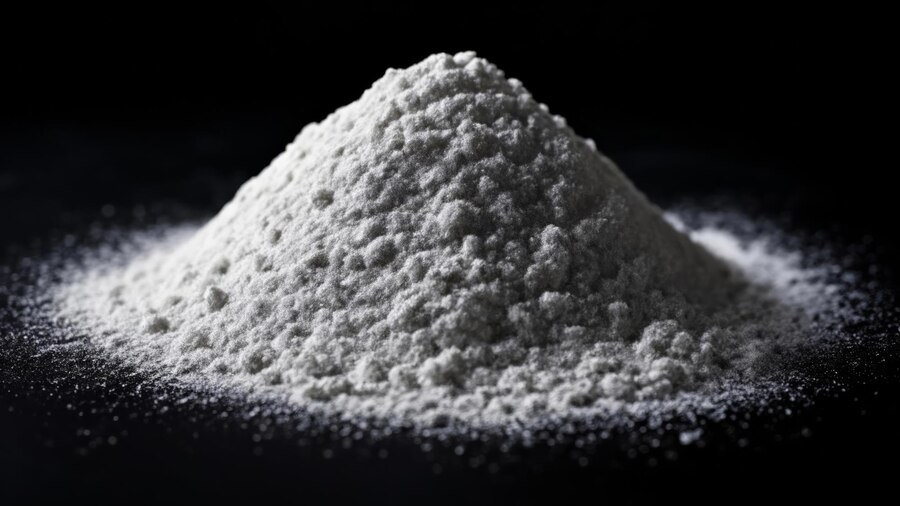Sodium hexametaphosphate, a versatile chemical compound, plays a vital role in various industries, from food production to water treatment. This article delves into its properties, uses, benefits, and safety considerations, ensuring a comprehensive understanding of sodium hexametaphosphate.
What is Sodium Hexametaphosphate?
Sodium hexametaphosphate (SHMP) is a glassy, white powder often used as a food additive, water treatment agent, and industrial chemical. Its molecular formula is (NaPO)6\text{(NaPO)}_6(NaPO)6, which indicates it is a sodium salt of metaphosphoric acid. This compound has unique properties, such as high solubility in water and the ability to bind with metals, making it useful in numerous applications.
Chemical Properties
The compound exhibits several important chemical properties:
- Solubility: Highly soluble in water, which enhances its application in various industries.
- pH Level: Typically has a neutral pH, making it suitable for use in food products without altering flavor.
- Stability: Sodium hexametaphosphat’e is stable under normal conditions but can hydrolyze in acidic environments.
Applications of Sodium Hexametaphosphate
Sodium hexametaphosphate’s unique properties lead to its widespread use across various sectors. Here are some primary applications:
Food Industry
In the food industry, sodium hexametaphosphate serves several functions:
- Food Preservative: It acts as a preservative, extending the shelf life of food products by inhibiting microbial growth.
- Emulsifier: SHMP helps in emulsifying oils and fats, making it an essential ingredient in dressings, sauces, and dairy products.
- Texturizer: It improves the texture of processed foods, enhancing the overall mouthfeel.
Water Treatment
Sodium hexametaphosphat’e is widely used in water treatment processes due to its ability to sequester calcium and magnesium ions, which helps in:
- Scale Prevention: It prevents the formation of scale in pipes and equipment, improving the efficiency of water systems.
- Corrosion Inhibition: SHMP can protect metals from corrosion in water systems, prolonging the life of pipes and equipment.
Industrial Applications
Beyond food and water treatment, sodium hexametaphosphat’e is utilized in various industrial applications:
- Detergents: Used as a builder in detergents, SHMP enhances the cleaning efficiency of soaps and detergents by softening water.
- Ceramics: It is employed in ceramic manufacturing to enhance the properties of the final product, providing better strength and durability.
- Textile Industry: In textile processing, sodium hexametaphosphat’e acts as a dispersing agent, improving dye penetration and color fastness.
Benefits of Sodium Hexametaphosphate
The diverse applications of sodium hexametaphosphate are accompanied by several benefits:
Versatility
One of the main advantages of SHMP is its versatility. It can be used across various industries, adapting to different formulations and processes. This adaptability makes it a preferred choice for manufacturers.
Cost-Effectiveness
Sodium hexametaphosphat’e is relatively inexpensive compared to other chemicals with similar properties. Its cost-effectiveness, coupled with its multifunctionality, makes it an attractive option for businesses looking to optimize their processes.
Safety and Regulation
SHMP is generally recognized as safe (GRAS) by the U.S. Food and Drug Administration (FDA) when used in accordance with good manufacturing practices. Its safety profile allows manufacturers to incorporate it into food products without concerns about adverse effects.
Safety Considerations
While sodium hexametaphosphat’e is considered safe for use in food and industrial applications, certain safety considerations should be kept in mind:
Handling and Storage
- Protective Equipment: When handling SHMP, it’s advisable to wear appropriate protective gear, such as gloves and goggles, to avoid skin and eye irritation.
- Storage Conditions: Store sodium hexametaphosphat’e in a cool, dry place away from incompatible substances to ensure its stability.
Environmental Impact
Sodium hexametaphosphate should be used responsibly to minimize its environmental impact. When released into waterways, it can contribute to nutrient pollution, leading to algal blooms. Therefore, proper disposal and management practices are essential.
Conclusion
Sodium hexametaphosphate is a remarkable compound with diverse applications in food production, water treatment, and industrial processes. Its versatility, cost-effectiveness, and safety profile make it an invaluable resource across multiple sectors. By understanding its properties, uses, and safety considerations, businesses can make informed decisions about incorporating sodium hexametaphosphat’e into their products and processes.
FAQs
What is sodium hexametaphosphate used for?
Sodium hexametaphosphate is used as a food preservative, emulsifier, and texturizer in the food industry. It also serves in water treatment to prevent scale and corrosion, as well as in industrial applications like detergents and ceramics.
Is sodium hexametaphosphat’e safe?
Yes, sodium hexametaphosphate is generally recognized as safe by the FDA when used appropriately in food and industrial applications. However, proper handling and storage are recommended to avoid irritation.
Can sodium hexametaphosphate be harmful to the environment?
While sodium hexametaphosphate is safe for use, improper disposal can lead to environmental issues, such as nutrient pollution in waterways. Responsible management practices are essential to mitigate its environmental impact.
How should sodium hexametaphosphat’e be stored?
Store sodium hexametaphosphate in a cool, dry place, away from incompatible substances, to maintain its stability and effectiveness.
Where can I find sodium hexametaphosphate?
Sodium hexametaphosphat’e can be purchased from chemical suppliers, food ingredient suppliers, and online marketplaces that specialize in industrial and food-grade chemicals.







